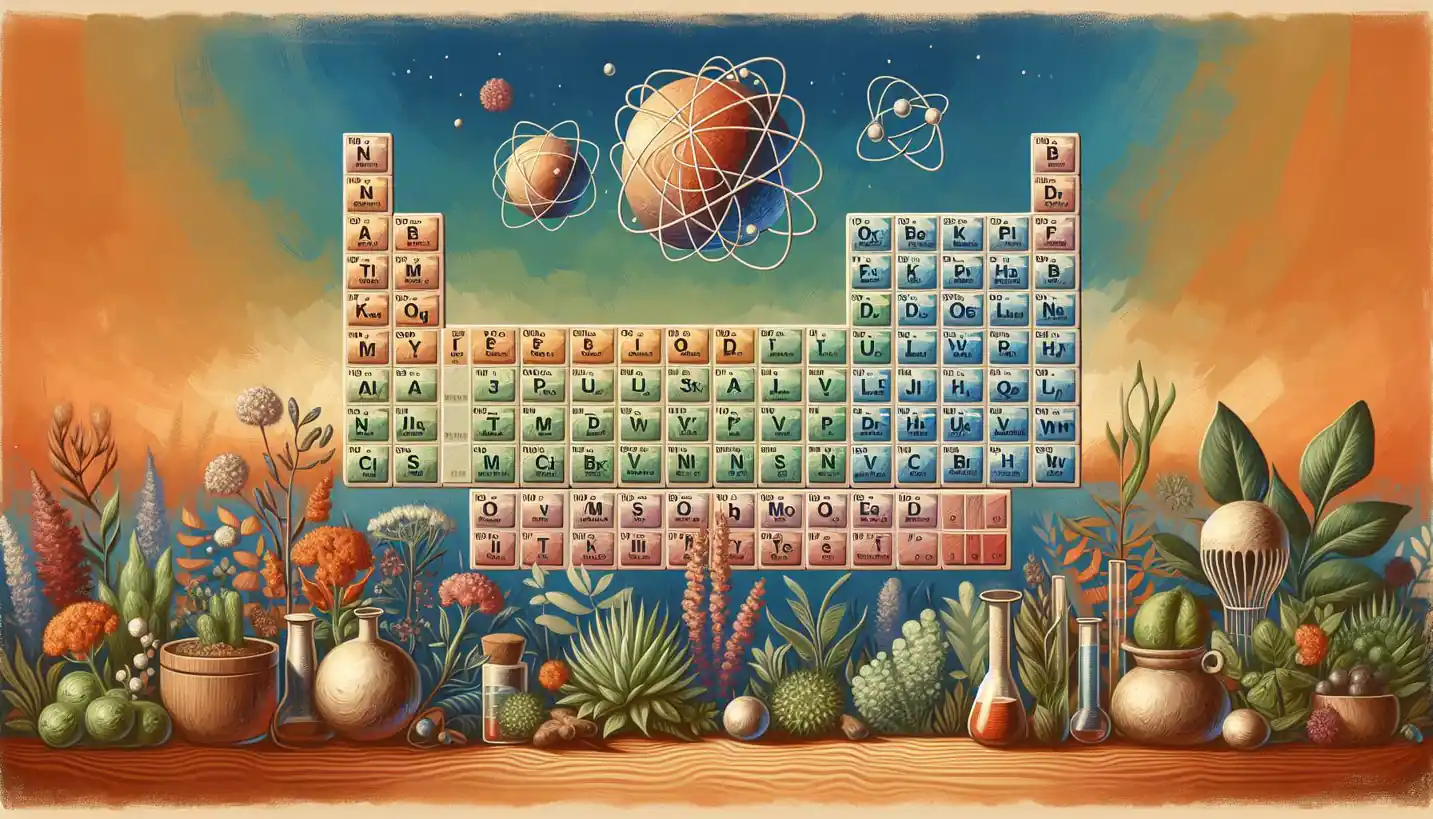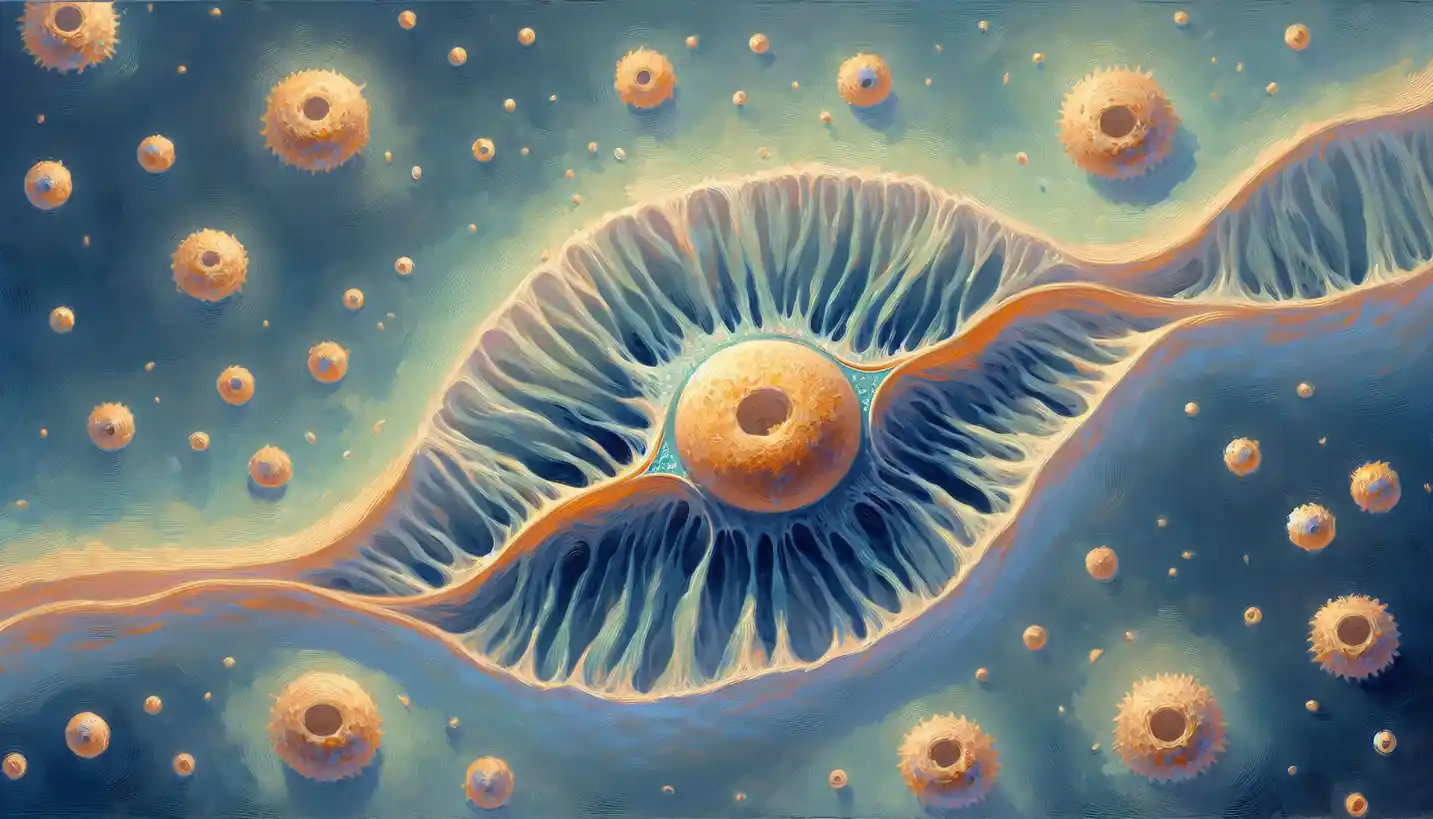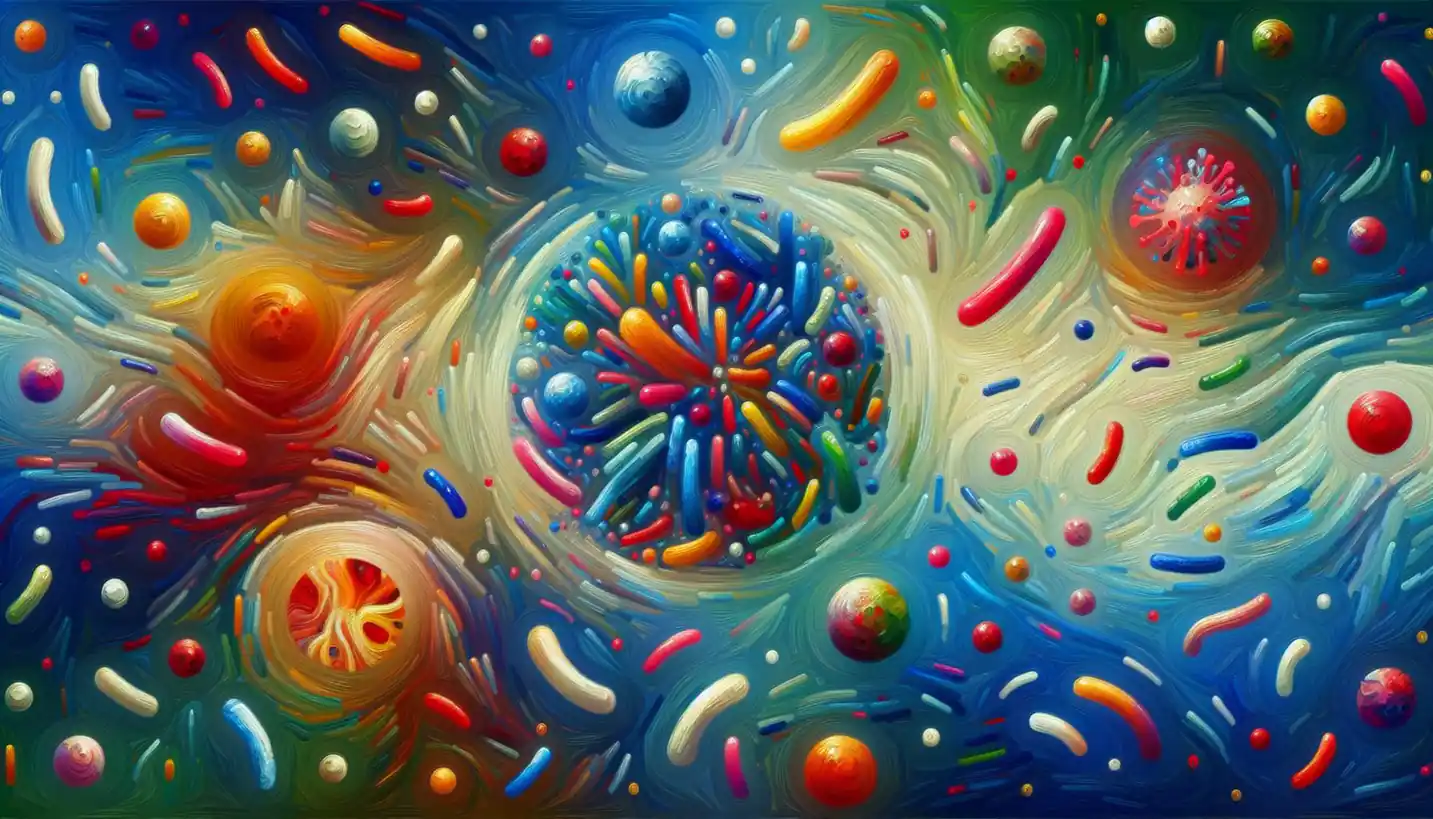· Biology · 4 min read
Gliotransmission: Unveiling the Brain's Hidden Communicators
Gliotransmission involves glial cells assisting in brain communication, a hidden yet vital process. Discover the surprising roles these cells play in neural function.

Once upon a time in the world of neuroscience, neurons were considered the sole stars of the show. But scientists discovered that these cells might not be the only ones playing major roles in brain communication. Enter the glia, the unsung heroes of the nervous system, and their fascinating contribution to gliotransmission.
What are Glial Cells?
Glial cells, or simply “glia,” are often overshadowed by neurons, but they make up about half of the brain’s cells. Think of neurons as the brain’s rockstars, sending signals at lightning speed, while glia are like backstage crew members, essential for the show to go on. They support, nourish, and protect neurons, but they’re not just passive spectators.
The Concept of Gliotransmission
Gliotransmission refers to the process through which glial cells communicate with neurons and each other. This might sound a bit like science fiction, but it’s a breakthrough in how we understand brain function. Imagine a bustling city where information doesn’t just travel in straight lines; it moves in all directions, with glia creating a web of communication pathways.
Types of Glial Cells
There are several types of glial cells, each with its unique role. Astrocytes are star-shaped and help maintain the blood-brain barrier. Microglia act as the brain’s immune system, cleaning up debris. Oligodendrocytes insulate neuron fibers, enhancing signal speed. All these players contribute to gliotransmission, a symphony of interactions.
How Gliotransmission Works
The mechanisms of gliotransmission are still being unraveled, but we know a few things. For starters, glial cells release chemical messengers called “gliotransmitters.” These chemicals can modulate neuronal activity, much like how a conductor guides an orchestra. Calcium signaling in astrocytes, for instance, allows them to respond to nearby neuronal activity, creating a feedback loop.
The Role of Calcium
Calcium ions are key players in gliotransmission. When neurons fire, they trigger calcium waves in nearby astrocytes. These waves enable astrocytes to release gliotransmitters, influencing neuronal communication and even changing synaptic strength. It’s like a whispered conversation between friends that affects the entire group dynamic.
The Impact on Neural Networks
Gliotransmission can affect how neural networks function. By modulating synapses—the tiny gaps between neurons where communication happens—glia can influence learning and memory. They’re like the secret architects of our thoughts and actions, quietly reshaping the brain’s network behind the scenes.
Why is Gliotransmission Important?
Understanding gliotransmission opens new avenues for tackling brain disorders. Conditions like Alzheimer’s, depression, and epilepsy might have links to malfunctioning glial cells. By delving into gliotransmission, scientists hope to uncover novel treatments and therapies that target these hidden pathways.
The Future of Gliotransmission Research
The field of gliotransmission is still young and full of mysteries. Researchers are just beginning to grasp the potential implications. Imagine a world where glial cell manipulation can enhance brain plasticity, or where new drugs can treat neurological diseases more effectively. The possibilities are mind-boggling.
Questions and Theories Emerging
This revelation of glia as active participants in brain communication raises questions. How can we harness gliotransmission for therapeutic benefits? Could altering glial function enhance cognitive abilities or repair brain damage? These are the questions sparking curiosity and driving ongoing research.
Metaphors to Simplify the Concept
Let’s use a metaphor to simplify this complex idea: envision the brain as a bustling stadium during a concert. Neurons are the performers on stage, dazzling the audience with their electric energy. Glial cells, on the other hand, are the sound technicians, lighting engineers, and security staff. They’re ensuring the performers shine while maintaining the harmony of the environment.
Conclusion: The Hidden Symphony
Gliotransmission transforms our understanding of brain communication. By acknowledging glial cells as active participants, we’re opening a door to new scientific realms. The next time you ponder how we think or remember, consider not just the neurons but the bustling symphony of glial communicators sharing in the brain’s grand concerto.
In the end, gliotransmission reminds us that even the quietest voices can have a profound impact on the world’s harmony. And who knows what other hidden maestros await discovery in the vast expanse of the human brain?



